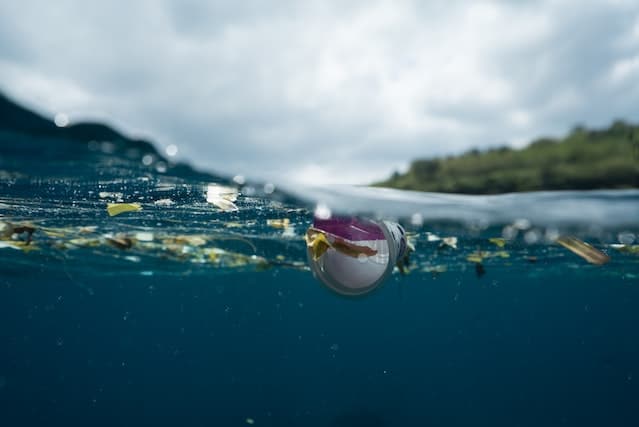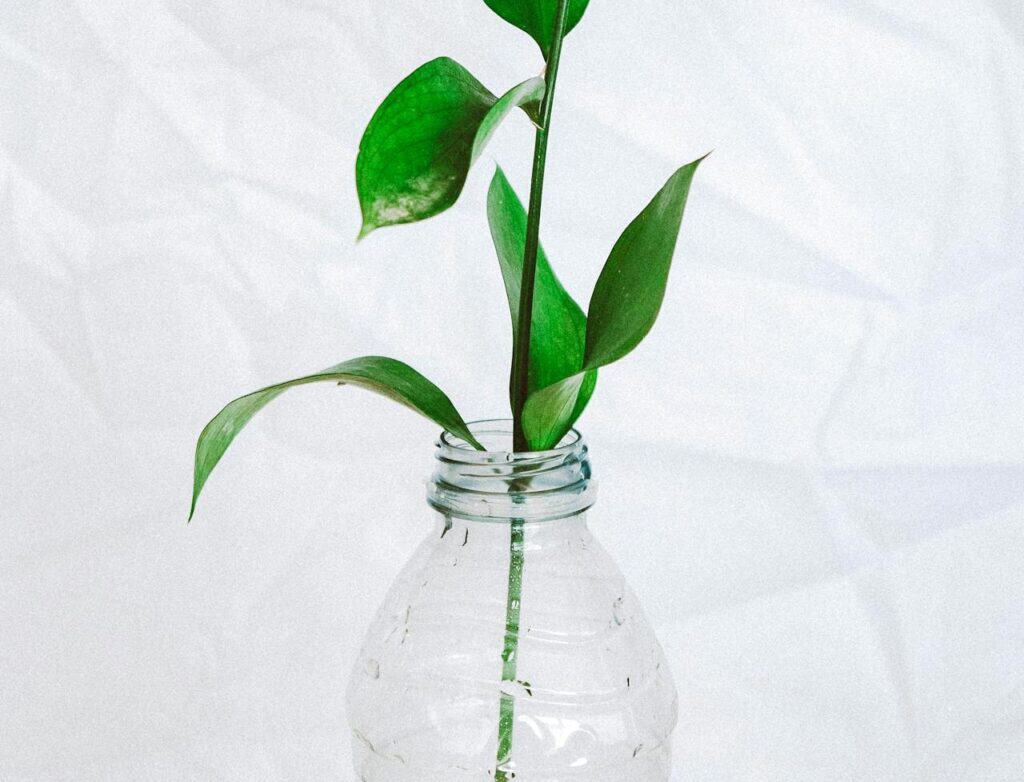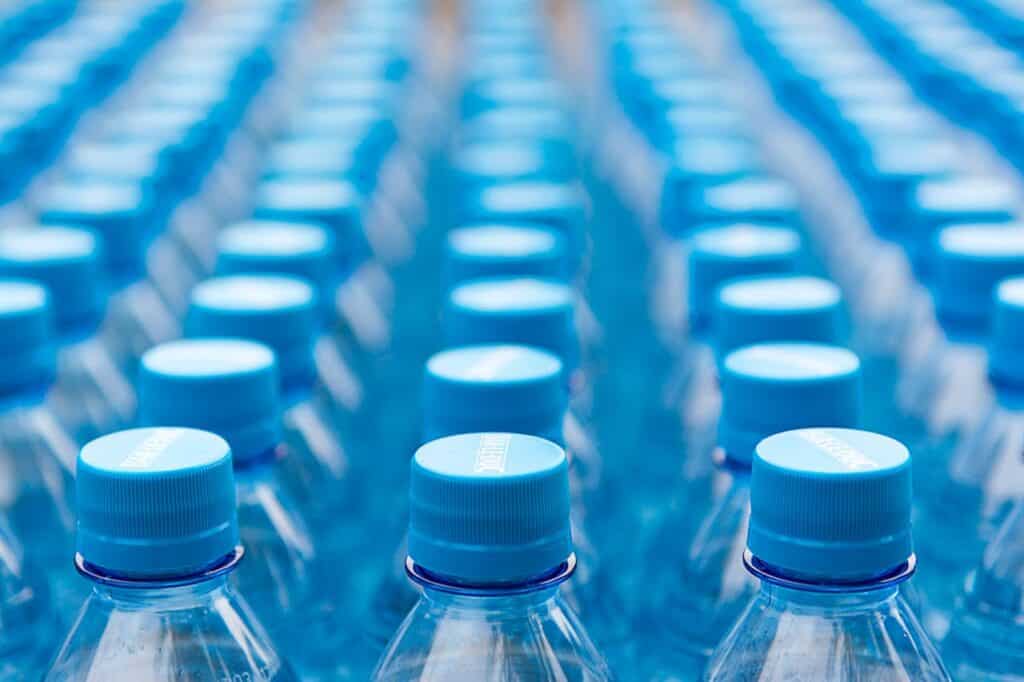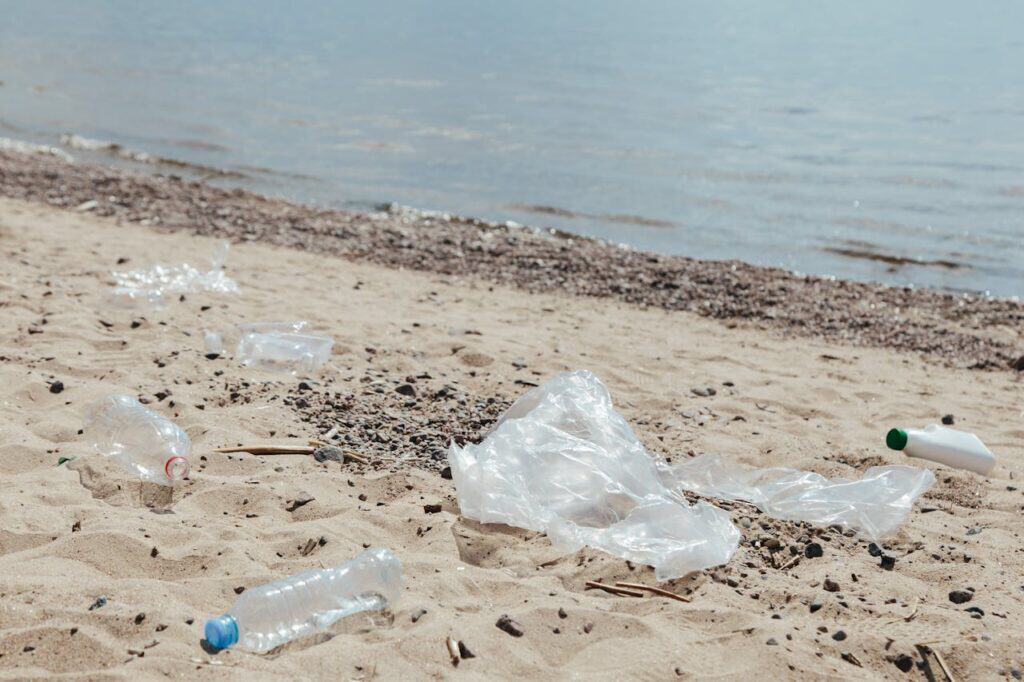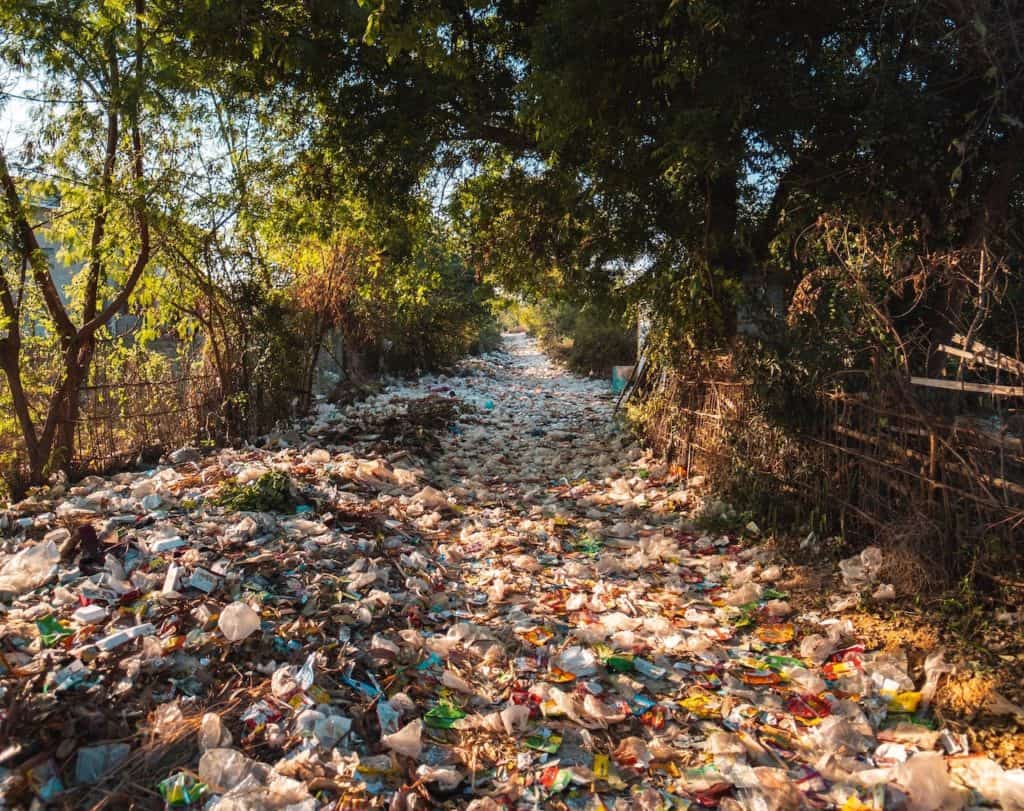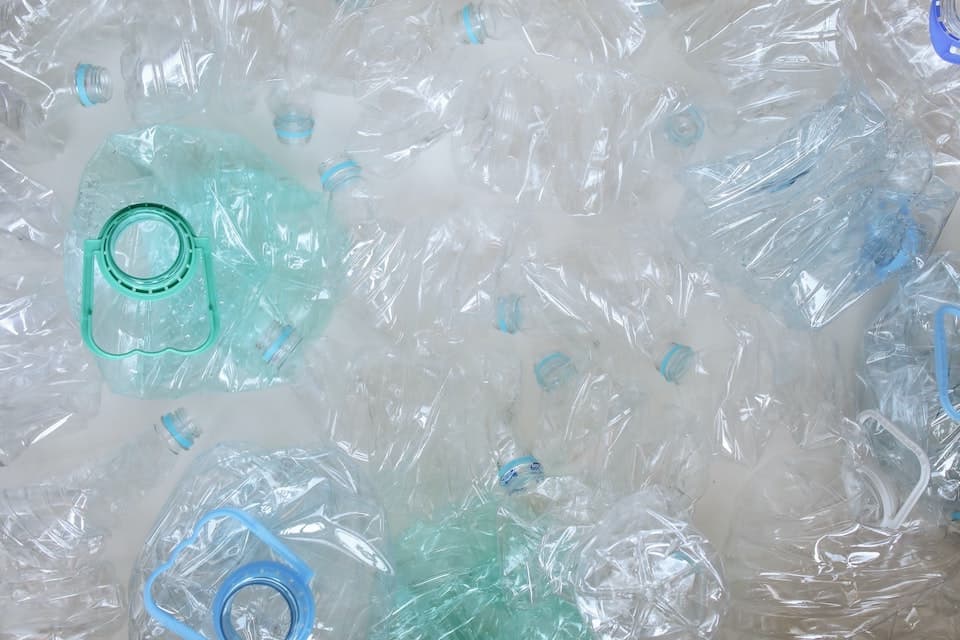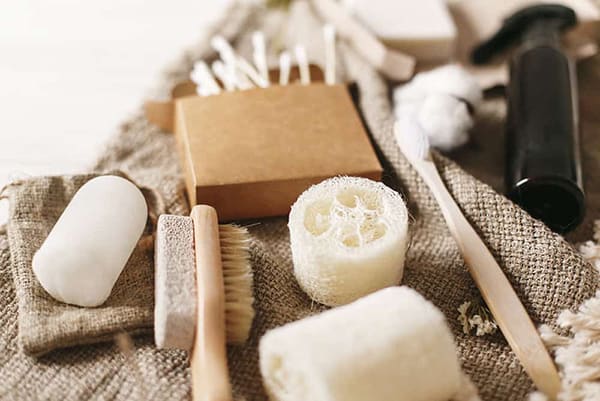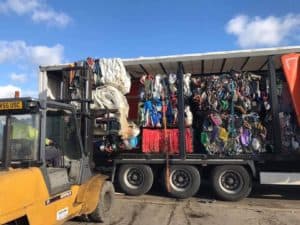How You Can Reduce Microplastic Pollution
Microplastic pollution is an increasing problem that affects the environment and the food chain. It is important to be aware of how to reduce microplastics both at home and at work to protect our planet. Scientists think that the ocean contains 24.4 trillion pieces of microplastics — fragments of plastic less than five millimeters in length, or about the size of a sesame seed.
Here are 8 tips for avoiding and reducing microplastics and plastic pollution:
-
Reduce Single-Use Plastics
This means avoiding items such as plastic bottled water, plastic cutlery, plastic straws and any other single-use plastic items. Switching to reusable items can greatly reduce pieces of plastic entering the environment.
At your business, you may decide to scrap single use plastics across the office. This could involve introducing refillable stations and sustainable materials in the canteen. These steps will help you with avoiding microplastic pollution and push for a greener business.
-
Avoiding Synthetic Fabrics
Synthetic fabrics such as polyester and nylon are made from plastic fibers and can produce plastic particles when washed in a washing machine. Choose natural fabrics such as cotton or linen instead to reduce the risk of microplastic fibers.
-
Avoiding Food In Plastic Packaging
Microplastics can be found in many food items that have been packaged in plastic. It is important to choose food that is not packaged in plastic if possible. However, although this creates microplastic pollution, plastic packaging comes with a few benefits. The material used to store products greatly reduces food waste.
-
Investing In A Filter
Installing a filter on your tap can reduce the amount of microplastics in your tap water, so it is a good investment if you are concerned about drinking microplastics. Examples include TAPP 2 which removes 100% of all known microplastics.
-
Choosing Public Transportation
When possible, it is better to opt for public transportation as it produces fewer emissions than driving a car and reduces the amount of plastic pollution.
-
Reducing Plastic Production
Reducing the amount of plastic production is an important step in reducing microplastic pollution. This can be done by choosing products made from renewable materials and avoiding plastic items when possible.
-
Educate Yourself
It is important to be aware of the types of plastic and the sources of microplastics. This will help you make more informed decisions when it comes to avoiding and reducing microplastic pollution.
-
Recycle and Dispose Of Plastic Items Properly
Make sure to recycle or properly dispose of any plastic items that you use. This will reduce the amount of microplastics that end up in the environment. As a business creating bulk loads of waste, recycling will help to reduce landfill waste and cut pollution. At Plastic Expert, we collect and recycle most types of plastic for businesses across the UK.
How Long Do Microplastics Last?
The exact duration of microplastics in the environment is challenging to determine, as it depends on factors such as the type of plastic, environmental conditions, and the presence of microbes that can break down plastics. Some types of plastics, like polyethylene (PE) and polypropylene (PP), can take hundreds to thousands of years to break down.
How Long Have Microplastics Been Around?
Helping To Reduce Microplastic Pollution
By following these 8 tips, you can help reduce microplastic pollution and do your part to protect our environment. Microplastics are a growing problem, and it is important to be aware of the sources of microplastics and how to avoid and reduce them. If you are looking for a sustainable solution to managing your plastic waste then get in touch with our team today.

